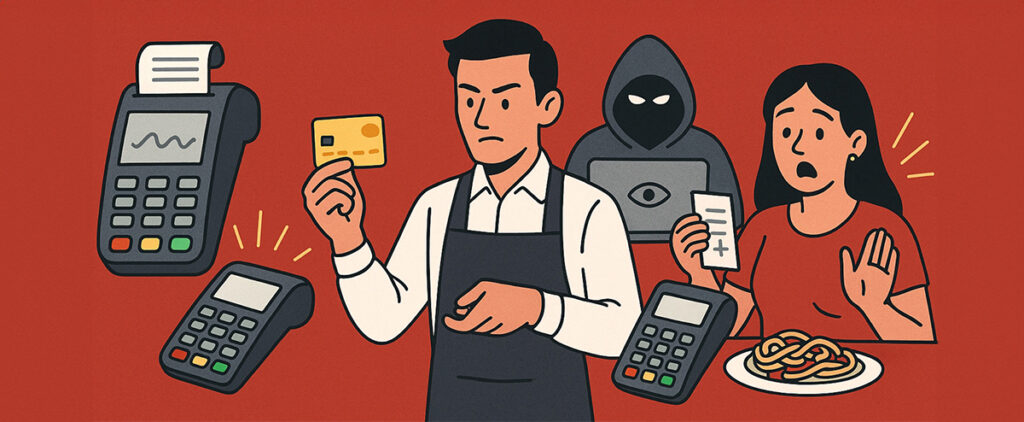
U sing a smartphone to do your banking is as convenient as it gets, until it becomes unsafe. We’ve all heard the stories of scams happening online, but it always feels distanced from us, until it happens to us. For instance, a young
woman was looking for a work-from-home job opportunity. At that time, she saw an Instagram ad,and in a series of events, filled out a form giving personal information, including banking details. Next, she received a request to transfer a one-time password (OTP) to her PhonePe account for what she thought was a legitimate one-time registration fee. Once she accepted, she realized she had fallen for the scam. Her money was lost and her PhonePe account was blocked permanently.
This case is hardly an exception, as these mishaps happen far too often. The Reserve Bank of India (RBI) recently shared a report that shows tremendously concerning rates of bank fraud. In a span of time from April and September of 2024, there was a reported volume of 18,461 fraud cases that totaled to a staggering sum of ₹21,367 crore.
With numbers so large, one question stands out: Is banking on your smartphone safe?
In short: Yes, but they aren’t foolproof. While banks in India provide a variety of advanced security solutions, including biometric authentication, multi-factors authentication, and end-to-end encryption, scammers always find a way to overcome such protections to obtain their victim’s money or private information. Even with defences put in place to help create substantial barriers between cybercriminals and your account, banks generally struggle when scammers utilize social engineering, phishing, or user error such as weak passwords or deliberate clicks, to their benefits.
The scams that target banks in India are several. One of the more recognizable scams is phishing and voice phishing scams, where scammers impersonate bank personnel in WhatsApp, or voicemails, and attempt to get victims to disclose bank account details and OTPs. Other scams include classified ads where fraudsters ask for your payment through UPI and send fake payment requests, use screen-sharing applications for remote access fraud, and skim ATM cards to create clipped versions. Lastly, fake apps are a few of the tools that cybercriminals are using today to target unsuspecting victims.
Banking scams in India come in various forms, including phishing and voice phishing attacks where fraudsters pose as banks via fake emails or SMS, or voice calls asking for OTPs or account details. Scammers also exploit UPI by sending fake payment requests, use screen-sharing apps for remote access fraud, and clone ATM cards through skimming. Now, fake apps are a few of the tools used by cybercriminals to target unsuspecting victims.
How to Protect Yourself from Mobile Banking Fraud
- Enable Security Features: Use device locks like PINs, fingerprint IDs, and face recognition, or use app-specific locks that banks use for added protection.
- Avoid Public Wi-Fi: Free Wi-Fi networks are tempting but risky as cybercriminals can intercept your data on unsecured networks. Stick to using your mobile network or use a trusted VPN.
- Verify Before You Click: Never click on links from unknown sources. Scammers often use phishing tactics to steal your details. Verify messages claiming to be from your bank by contacting the bank directly.
- Check App Authenticity: Download apps only from official app stores. Double-check app names and developer details. Fraudsters often create fake banking apps to steal credentials.
- Monitor Your Accounts Regularly: Keep a close eye on your bank statements and credit reports. Early detection of fraudulent transactions can limit damage. Most banks allow users to enable SMS or email alerts for transactions. Immediate notifications help you spot unauthorized activity quickly.
Banking applications allow you to bank from anywhere with unprecedented convenience. Unfortunately, convenience, by its very nature, comes at a price. If you remain careful, enable security measures and follow best practices, including not using public Wi-Fi to bank, confirming whether apps are legitimate, and be wary of suspicious messages or requests, then your smartphone can be the safest way to bank!



 Financial Safety
Financial Safety 







